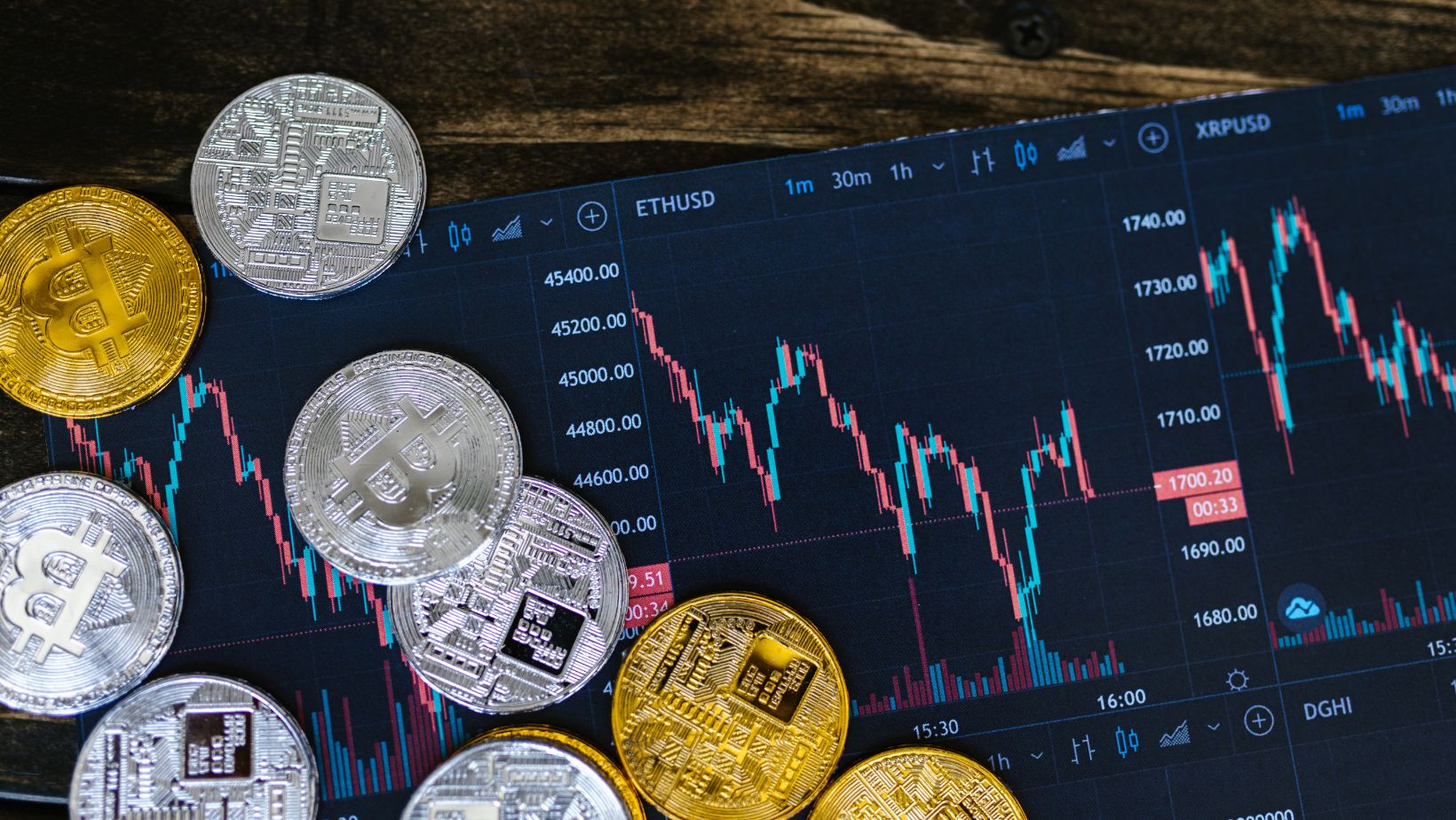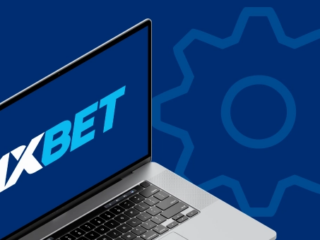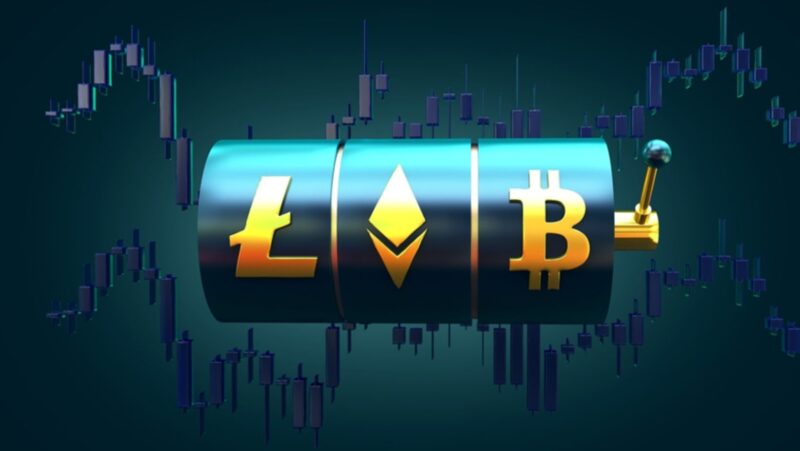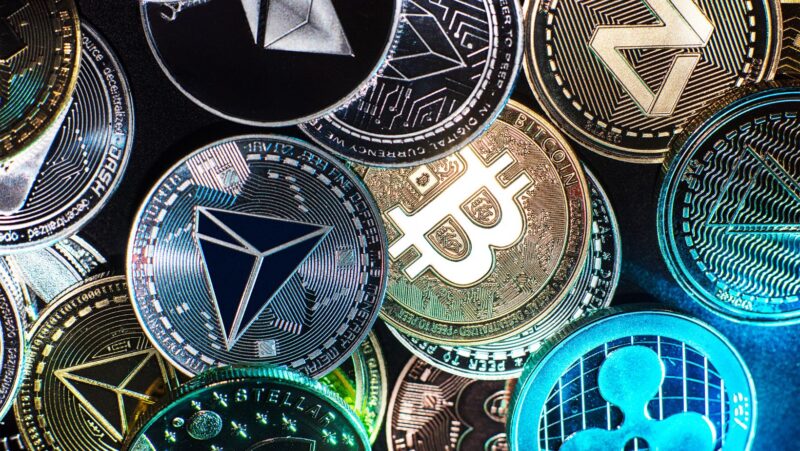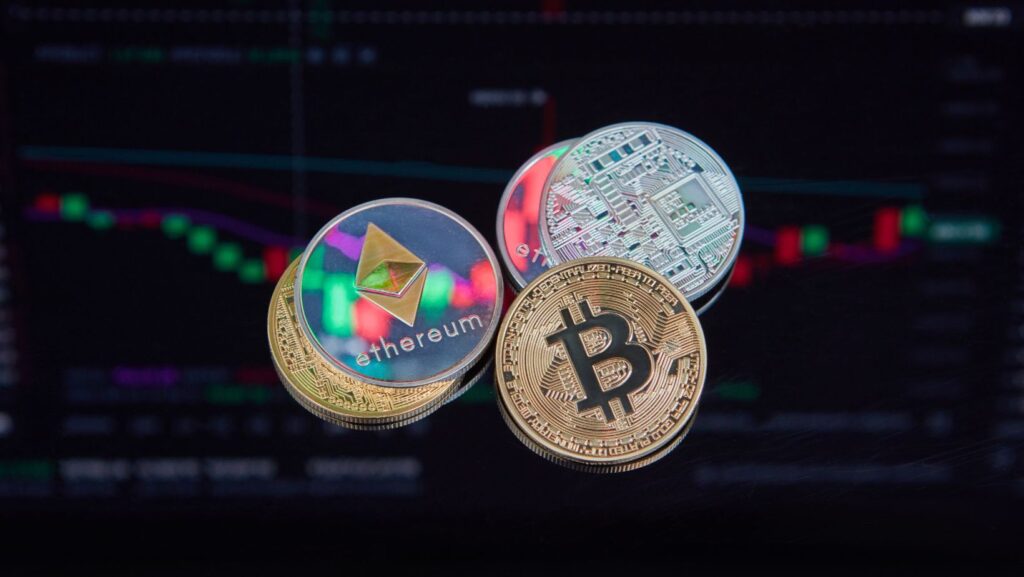
Trading crypto has evolved beyond buying and holding digital assets. Perpetual futures trading allows investors to speculate on price movements without owning the actual cryptocurrency, while traditional crypto trading involves purchasing and storing the assets directly. This fundamental difference changes everything about how traders approach the market, from capital requirements to risk management strategies.
The crypto derivatives market has exploded in popularity, with futures trading now representing nearly 80% of daily trading volume. Perpetual futures contracts offer leverage up to 125x on some platforms, while traditional crypto purchases require full payment upfront. Many traders now prefer using a permissionless DEX for perpetuals to access these advanced trading tools without centralized exchange restrictions.
Understanding these two approaches helps traders choose the right strategy for their goals and risk tolerance. The differences extend beyond ownership to include margin requirements, fee structures, and trading mechanisms that can significantly impact profitability. Both methods have unique advantages and risks that every crypto trader should understand before entering the market.
Perpetual Futures and Traditional Crypto Assets: Fundamental Differences
Perpetual futures operate without expiry dates and use funding mechanisms to track spot prices, while traditional crypto assets involve direct ownership and spot market trading. These instruments differ significantly in their contract structures, settlement methods, and trading mechanics.
What Are Perpetual Futures and How Do They Work?
Perpetual futures contracts allow traders to speculate on cryptocurrency prices without owning the underlying asset. These derivatives track the spot price of cryptocurrencies like Bitcoin and Ethereum through a funding rate mechanism.
Unlike traditional futures contracts, perpetual contracts never expire. This means traders can hold positions indefinitely without worrying about settlement dates. The funding rate keeps the contract price close to the spot price by creating payments between long and short traders.
Key Features of Perpetual Futures:
- No expiry or settlement date
- Funding rate payments every 8 hours
- Leverage options up to 100x or higher
- Cash settlement in stablecoins
Popular trading pairs include BTC/USDT and ETH/USDT perpetuals. The funding rate adjusts automatically based on market conditions. When the perpetual price trades above spot price, long traders pay short traders, and vice versa.
How Traditional Crypto Assets Are Traded
Traditional crypto assets involve direct ownership of actual cryptocurrencies. Traders buy and sell Bitcoin, Ethereum, and other digital currencies on spot markets at current market prices.
Spot trading requires full payment upfront. If a trader wants $1,000 worth of Bitcoin, they must pay the full amount. The purchased cryptocurrency gets stored in their wallet or exchange account.
Characteristics of Spot Trading:
- Immediate settlement
- No leverage or margin requirements
- Direct ownership of the asset
- No funding costs or expiry dates
Spot prices fluctuate based on supply and demand. Traders profit when they sell at higher prices than their purchase price. There are no additional fees like funding rates that exist in perpetual futures trading.
Contract Structures and Expiry Date Implications
The contract structure represents the biggest difference between these two trading methods. Perpetual futures contracts are derivative instruments that derive their value from underlying crypto assets but never require physical delivery.
Traditional crypto asset trading involves actual ownership transfer. When traders buy Bitcoin on the spot market, they receive the cryptocurrency itself. This creates different risk profiles and capital requirements.
Contract Comparison:
| Feature | Perpetual Futures | Traditional Crypto |
| Expiry Date | None | Immediate settlement |
| Ownership | No underlying asset | Direct ownership |
| Leverage | Available | Not available |
| Funding Costs | Yes (funding rate) | No |
Perpetual contracts reset their value through the funding mechanism rather than expiring like traditional futures. This structure allows continuous trading without the need to roll over positions to new contract months.
Trading Mechanisms, Leverage, and Risk Factors Compared
Perpetual futures and traditional crypto assets use different trading mechanics that affect leverage limits, fee structures, and risk levels. Perpetual futures offer higher leverage with funding rates while spot trading provides direct asset ownership with simpler fee models.
Leverage, Margin Requirements, and Liquidation Risk
Perpetual futures allow traders to access high leverage up to 125x on some platforms. This means a trader can control $12,500 worth of Bitcoin with just $100 in margin. Traditional crypto assets require full payment for purchases.
Initial margin for futures typically ranges from 1-20% of position value. Maintenance margin stays lower at 0.5-10%. When account equity drops below maintenance margin, liquidation occurs automatically.
Spot trading eliminates liquidation risk completely. Traders own the actual crypto assets and cannot lose more than their initial investment. Price drops reduce portfolio value but never trigger forced selling.
Liquidation risk increases with higher leverage ratios. A 10x leveraged position gets liquidated with just a 10% price move against the trader. Lower leverage provides more breathing room during market volatility.
Risk management strategies include using stop-loss orders and position sizing. Many traders start with 2-5x leverage to learn before attempting higher ratios.
Funding Rates and Fee Structures
Perpetual futures use funding rates to keep contract prices close to spot prices. Funding fees get exchanged between long and short position holders every 8 hours. Positive funding rates mean long positions pay short positions.
Typical funding rates range from -0.1% to 0.1% per 8-hour period. During bull markets, longs often pay shorts. Bear markets reverse this flow. These fees can add up to significant trading costs over time.
Spot trading involves simpler fee structures. Traders pay maker fees (0.1-0.25%) for limit orders and taker fees (0.1-0.4%) for market orders. No ongoing funding costs exist.
Trading bots must account for funding fees in their strategies. High-frequency strategies may become unprofitable if funding costs exceed profits from price movements.
Some exchanges offer fee discounts for high-volume traders or native token holders. These discounts apply to both spot and futures trading.
Profit Strategies: Long, Short, and Hedging
Perpetual futures enable profit in both directions through long positions and short positions. Traders can profit from falling prices by opening short positions, impossible with spot trading alone.
Hedging strategies protect existing spot holdings. A trader holding Bitcoin can open a short futures position to offset potential losses. This creates a market-neutral position during uncertain periods.
Speculation becomes more flexible with futures. Short-term traders can quickly switch between bullish and bearish positions based on technical analysis signals. High liquidity in major contracts allows rapid execution.
Spot trading limits profits to upward price movements. Traders must sell assets to realize gains, potentially missing future upside. Dollar-cost averaging works well for long-term spot strategies.
Advanced traders combine spot and futures positions. They might hold spot Bitcoin while trading perpetual futures for short-term gains. This approach maximizes both long-term growth and trading profits.
Market Trends, Volatility, and Advanced Trading Tools
Crypto futures contracts track underlying spot prices through mark price calculations. This system prevents market manipulation during liquidation events. Quarterly futures and inverse futures offer additional trading options.
Market volatility affects both trading methods differently. Futures amplify gains and losses through leverage. Spot positions move directly with asset prices without amplification effects.
Derivatives trading platforms offer advanced order types. These include stop-losses, take-profits, and conditional orders. Demo accounts help traders practice without risking real money.
Trading strategies become more sophisticated with futures. Arbitrage opportunities exist between spot and futures prices. Basis trading captures price differences between contract types.
Crypto derivatives markets operate 24/7 with deep liquidity. Major contracts rarely experience significant slippage during normal market conditions. This reliability supports automated trading systems and institutional participation.
Conclusion
Trading perpetual futures offers different advantages and risks compared to traditional crypto assets. Perpetual futures provide high leverage and no expiration dates, making them flexible for active traders. However, they come with funding rate costs and higher complexity.
Traditional crypto assets offer direct ownership and simpler mechanics. They avoid funding fees but provide less leverage opportunities.
The choice depends on individual trading goals, risk tolerance, and experience level. New traders often benefit from starting with spot trading before moving to perpetual futures.

